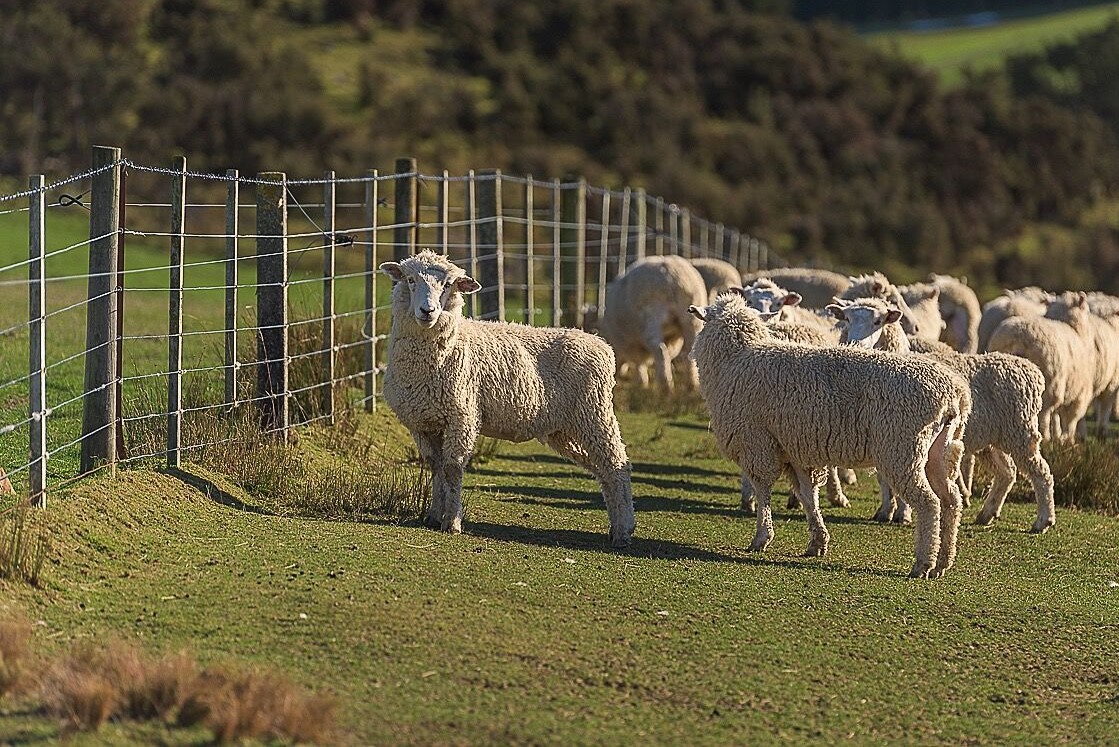Myths About Wool #3
As you may have read from our previous blogs (Wool Myth #1 and Wool Myth #2), the demand for wool products grows each day – thanks in part to better industry standards and knowledge about the many benefits of wool.
However, there are still a lot of us who don’t know much about this amazing fabric.
In this next installment, we’ll explain the facts behind another common misunderstanding about wool…
Myth #3: Wool is environmentally hazardous
Most of us are conscious of our impact on the environment. We see blue oceans, green mountains, and we want to keep our Earth a healthy place to live for generations to come. It can be tricky choosing the products we need to live a natural lifestyle without compromising too much.
So how does wool stand up?
Here are the facts:
- Wool is biodegradable: If buried in the ground, wool will completely break down into the elements it’s composed of, such as nitrogen, carbon and oxygen. Read about a very interesting experiment demonstrating the biodegradability of wool in England, hosted by HRH Charles The Prince of Wales, the Patron for the Campaign for Wool.
- Wool is compostable: Because wool is a protein fiber, it quickly disintegrates while contributing nutrients back into the soil.
- Wool is a renewable resource: Wool is harvested annually from living sheep which will regrow their fleece when provided adequate nutrients. Sheep are considered a low-impact ruminant (grazing) animal because they’ll eat a wide range of food and live just about anywhere. Land that cannot be used for much else is a perfect place for happy sheep to live. Some experts have shown that responsibly managed pastures for livestock can actually create carbon sinks which neutralize greenhouse gas emissions.
- Wool is a reusable resource: Wool is a popular fabric used in upcycled products because of the durability of the fibers. Got a wool sweater that’s no longer a favorite? Don’t throw it away! Get creative and reuse that wool for a “new” scarf or homemade wool dryer balls. (Want to know what wool dryer balls are? We sell them on our site and we will be doing a blog about them soon). Check out some of these amazing creations repurposed from old wool sweaters on Pinterest. When taken care of properly, our wool mattresses and pillows can last a lifetime. And of course our wool products can always be refurbished by our expert production team at anytime to meet your needs. That means there’s no landfill waste.
- Wool is local: The wool we buy for all our products comes directly from family farms in Southern Oregon and Northern California. This means a much smaller carbon footprint since our wool doesn’t travel from foreign countries before we’re able to put it into production.
- Wool uses no chemicals: We don’t buy wool from farmers who chemically dip their sheep. The wool we source uses no chemicals to clean. In fact, our wool gets tested annually by independent organizations such as OEKO to ensure hazardous chemicals don’t find their way into your home. Also, because of the natural flame-resistant properties of wool, we don’t need any chemicals to have our mattresses and pillows meet federal law flammability requirements.
- Wool uses small amounts of water: Our wool uses very little water to manufacture or clean. Also, because of its stain and odor-resistant properties, it requires less cleaning than other fibers once it’s in your home.
But don’t sheep contribute to greenhouse emissions?
Yes. It’s important to note that the sheep themselves do contribute to greenhouse emissions by way of…eh-hem…flatulence, shall we say? They also can have a significant impact on the land they’re raised on, causing pollution in the watershed and erosion where they graze.
At Shepherd’s Dream, we make it our business to source our wool from places where this is kept to a minimum, where farmers don’t over-graze or overcrowd their sheep, and where the land is kept in a renewable state.
Another important fact to consider is that all fabrics are made from something that has a negative impact on the environment, whether it’s methane released by the animal that the fabric is sourced from or residual chemicals from pesticides in the ground where the plant (such as cotton) is grown.
Synthetic fabrics may not involve any animals or plants, but they use a vast amount of chemicals and water to produce, and these materials continue to shed pollutants into the watershed when washed by the purchaser.
You, the consumer, must decide what you’re comfortable with.
So is wool baaad for the environment?
When responsibly produced and manufactured, as is our standard here at Shepherd’s Dream, the answer is – absolutely not. As always, we wish you sweet dreams and hope to help you sleep your natural (and environmentally-friendly) best!


